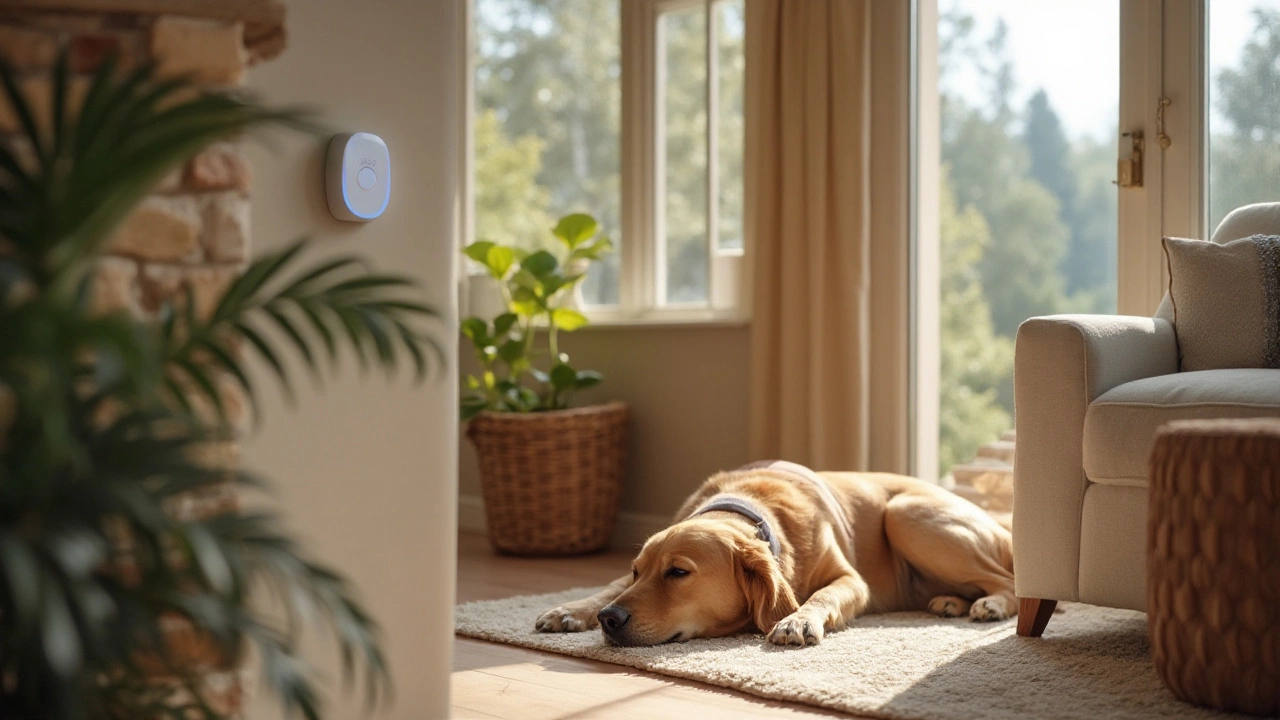Got a Ring doorbell or alarm and a curious cat or dog? You’re not alone. Many owners find their pets trigger motion alerts, flood their phone with notifications, and even cause the alarm to go off. It’s frustrating, but the good news is you can fine‑tune the system so it watches for intruders, not whiskers. Below you’ll learn why Ring reacts to pets and the simple steps to stop false alarms while still keeping your home protected.
Ring cameras use motion sensors that detect any change in the scene. A cat sprinting across the porch or a dog pawing at the door creates exactly the kind of motion the sensor is built to catch. The built‑in “motion zones” let you pick which parts of the view matter, but the default setting covers the whole frame, so even a stray tail can set it off. Additionally, Ring’s “person detection” AI is still learning to differentiate between humans and animals, so smaller pets often slip through the filter.
Another factor is the type of alarm you have. A Ring Alarm siren is louder than a doorbell camera and will react to any motion that crosses the motion zone, no matter the source. If you’ve placed a motion sensor too low, it will pick up a dog’s chest or a cat’s jump. Finally, pets that wander close to windows or glass can cause reflections that the camera interprets as movement.
Start by reshaping the motion zones. Open the Ring app, tap the device, and use the drag‑and‑drop tool to shade out areas where your pet usually walks. Keep the zone high enough to miss low‑level activity – most cats stay under a foot off the ground, so a zone starting at two feet often works.
If you have a Ring Alarm, enable the “Pet Immunity” feature (available on newer hubs). This setting tells the system to ignore motion that matches typical animal size and speed. For older hubs, you can add a small “pet‑friendly” motion sensor that only triggers at a higher threshold – it will only fire when a human moves fast enough.
Consider using a “Pet Mode” schedule. Many Ring devices let you set active hours. Turn the alarm off during times when your pet roams freely, like early mornings or evenings, and turn it back on when you’re away. Pair this with a temporary “Do Not Disturb” mode on the doorbell camera if your cat loves to sit on the porch.
Physical barriers also help. A low‑profile fence, a pet gate, or a simple piece of furniture can keep a dog away from the motion sensor. For cats, a narrow ledge or a cat‑repellent spray near the sensor can discourage them from climbing.
Lastly, keep the Ring subscription in mind. Some features, like advanced person detection, are only available with Ring Protect Pro. Upgrading can reduce false alerts because the AI gets better at telling a human from a cat. Check your plan and see if the extra cost saves you time.
With the right zone settings, pet‑specific features, and a bit of smart scheduling, you can enjoy Ring’s security without the endless “Pet detected” notifications. Your furry friend stays safe, and your phone stays quiet.

As modern technology becomes an integral part of home security, pet owners often wonder about the impact of these systems on their animals. This article examines the suitability of Ring alarms for households with pets. How do they work around active pets, and are there specific features to look for? We also discuss some tips to ensure your pets stay comfortable and safe while your home remains secure.